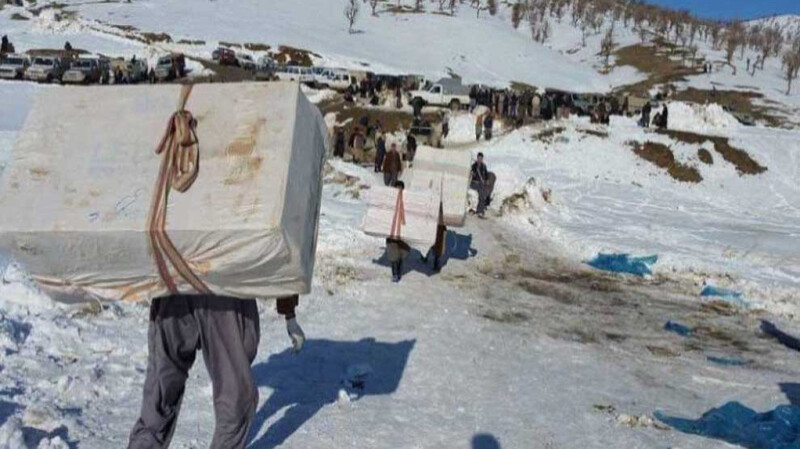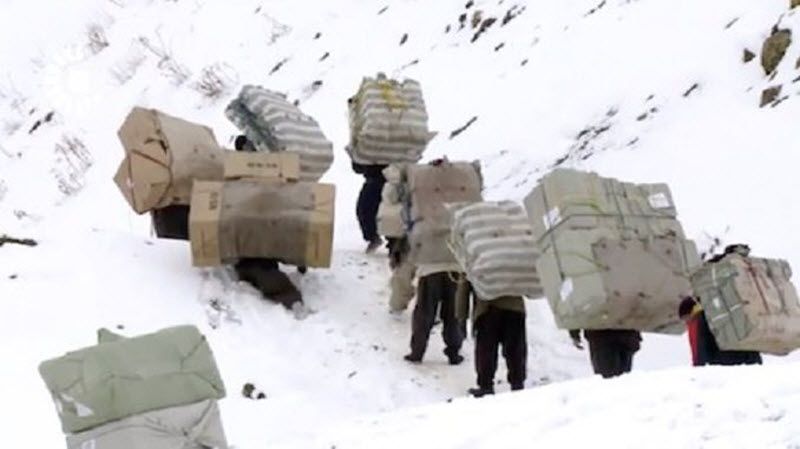Electronic Cards and Establishment of the Barakat Foundation
Recently, the Iranian parliament passed a general bill to regulate and supervise border trade and create sustainable job opportunities for border areas. In addition to residents of border towns, people living within 50 kilometers of the border can register in the border residents' system and use the services of the Kolbari card. These cards are only issued to people over the age of 18 who are head of a family, live in border areas, do not work in government and military institutions, do not receive government salaries, are educated, have mental health, have no crimes, and are not addicted to any drugs, and they are not indebted to the government; including customs duty debt, foreign currency obligations due to re-exports, etc. Individuals without these points can obtain a card in their own name for border transactions within Article 20 of Iranian law. The government has distributed 17,000 cards for Kolbars, but the number of Kolbars may be more than 100,000.

The main goal of the Barkat Foundation was to provide job opportunities for those forced to work as Kolbar in the border areas. According to the statistics of the Barakat Foundation, 7,000 projects have been implemented in the three provinces of Urmia, Sna, and Kermashan during the year. Most of the projects in the form of organizing rural job opportunities for low-income people have been in Sna province. Out of 7,000 projects, 4,000 have been implemented in Sna, 1,500 in Urmia, and 1,500 in Kermashan. However, none of these government efforts have succeeded in reducing Kolbari. Overall objectives of the Government in the Border Areas Development Program; create job opportunities, increase income, increase economic welfare of border residents, develop trade relations and promote political, cultural, and economic relations with neighboring countries, stable border security, expand non-oil exports, increase production of industrial units in border cities Goods, preventing smuggling of goods, preventing migration of border residents, inflow of foreign currency and increase national income, increased value of the national currency, reduce domestic inflation and growth of domestic and foreign investment in border areas were depicted, but Iran's economy has frozen and the percentage of unemployment reaches the highest level. On the other hand, this problem in the border areas is directly related to security issues, especially the security of Iran's borders, which has not only not been solved but has become more complicated.

Advantages and disadvantages of Kolbari
The truth is that only a small portion of the revenue and profits of border trade reaches the people of the border areas. Some members of parliament, especially in the border provinces, have strongly opposed the government's bill to regulate border trade, believing that the case will affect the benefits of border residents. In reality, the huge profits from importing goods through the border areas reach the large networks in this area and do not benefit the local population of the borders. According to unofficial statistics, the goods imported through Kolbari are about 2,500,000 billion Iranian Rials per month, but the average monthly income of each Kolbar is 200 to 300 million Iranian Rials. Therefore, the spread of Kolbari cannot be analyzed only in terms of “unemployment” or lack of job opportunities. Regardless of the political-economic aspects of this phenomenon in the border areas, the important point is to circumvent the economic sanctions of the government and the capitalist class. In addition, Kolbars are an important source of income for border guards and officers by accepting bribes from Kolbars and goods owners. Another important issue is the quality of Iranian goods, which are unreliable, and more demand for foreign goods.
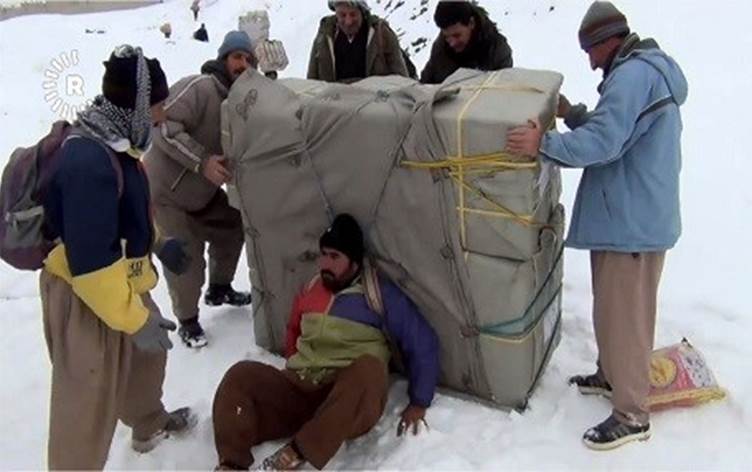
The disadvantages of Kolbari
Dependence on borders and poverty, lack of stable income, lack of investment, lack of factories and industries, brokerage markets, rising house and land prices due to border trade, people's dependence on unstable border livelihoods, and increasing cost of living, all force people to become a Kolbar.
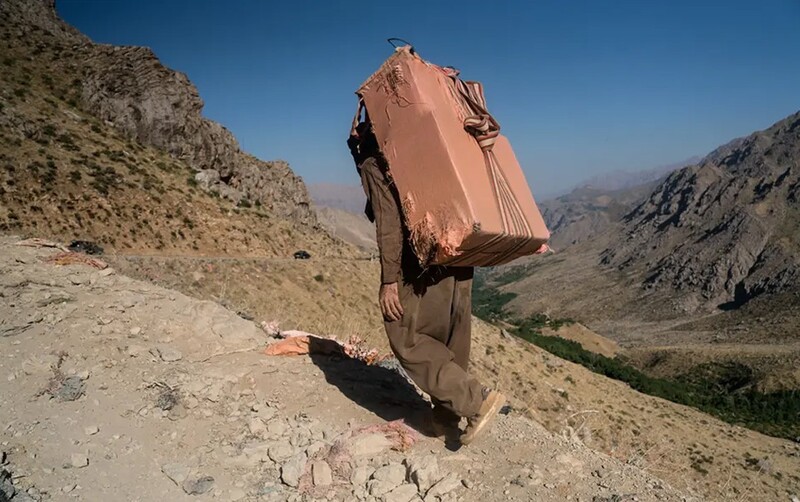
Kolbari and some of its consequences
Increasing physical injury, sexual dysfunction, selling drugs to women, sex enhancement drug trafficking, financial instability, and family conflict, increased violence against women, increasing domestic violence, use of energy food, declining age of child labor, illiteracy, and migration, are a few of the disadvantages of Kolbari.
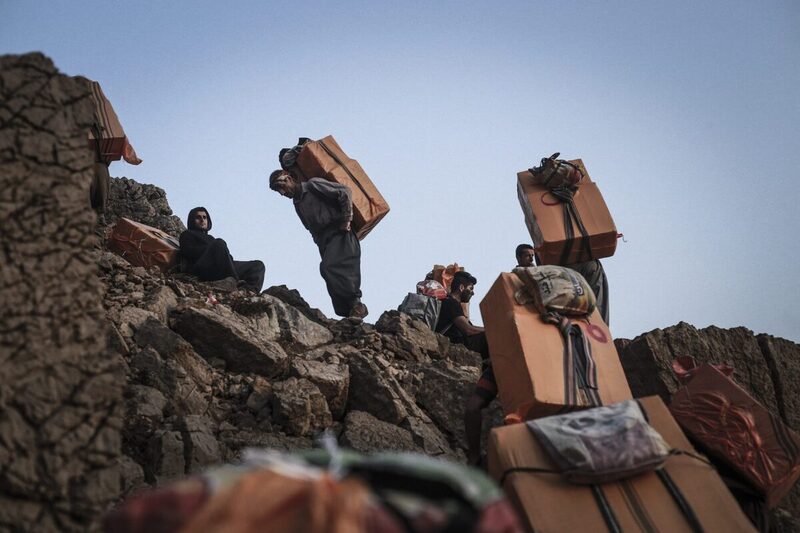
The government's hidden goal in the presence of Kolbari
The government plays with the image of the Kolbars and tries to transfer the desired image of the Kolbars to the collective memory of the people in order to change the representation of the Kurds in the mountains. In the beginning, "in the views of people, Kolbars were a symbol of misery". However, the level of consciousness of the Kurdish individual has now reached the conviction that the existence of the Kolbars phenomenon can be considered a symbol of Kurdish failure. This allows the government to counter the spirit of Kurdish resistance. Then make it a model for other parts of Iran. Despite this, the Iranian government's attempts to destroy the Kurdish resistance spirit have failed. Kolbars cross artificial borders because “the border is a symbol of Kurdistan's separation". Although Kolbars are sometimes seen as slaves of the colonial government, some Kolbars see themselves as resistance fighters: they challenge the sovereignty of borders. In doing so, they preach war against the government and revive the memory of the mountain struggle in the people's hearts.
